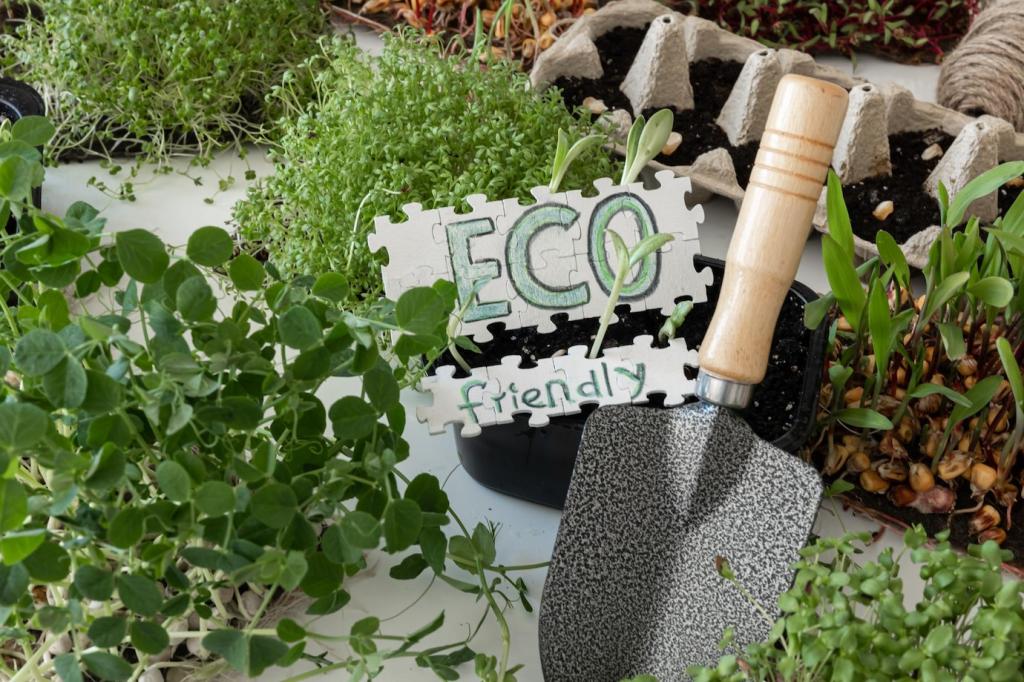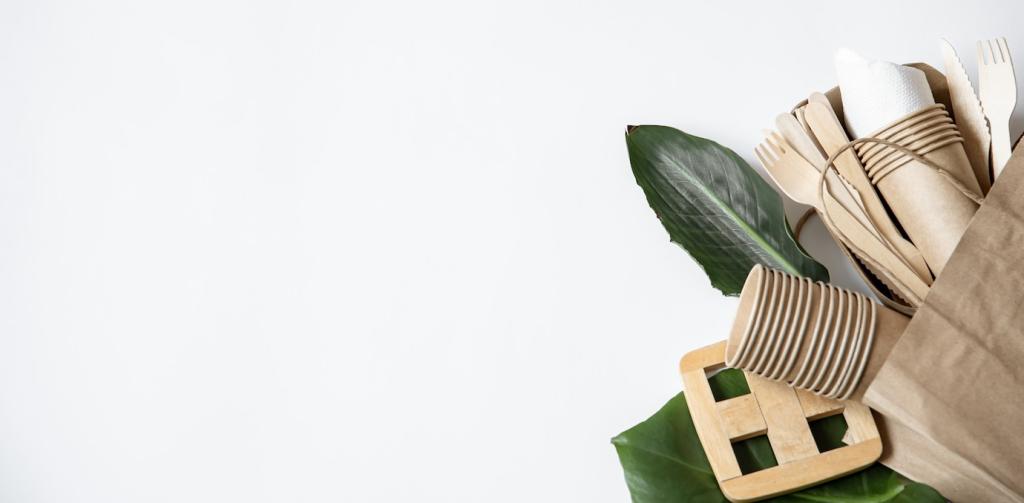
Wood Furniture Preservation Methods: Keep Your Heirlooms Alive
Theme chosen: Wood Furniture Preservation Methods. Welcome to a warm, practical guide for safeguarding the character, strength, and stories etched into your wooden furniture—so it outlasts trends, seasons, and even generations.
Know Your Wood: Species, Structure, and Sensitivity
Oak and maple resist dents better than pine, but both need thoughtful care. Recognize grain density and porosity, because they affect how finishes penetrate and how cleaning products react beneath the surface.
Know Your Wood: Species, Structure, and Sensitivity
Open-grain woods like ash can swallow finishes unevenly without proper sealing. Closed-grain woods like cherry often benefit from thinner, layered coats that enhance natural luster without suffocating the wood.



Humidity and Temperature: The Silent Guardians
Aim for 40–55% relative humidity and steady temperatures. These ranges minimize swelling, cracking, and joint failure, preserving glue integrity and protecting veneered surfaces from bubbling or lifting.
Humidity and Temperature: The Silent Guardians
A simple digital hygrometer can alert you before damage appears. Pair it with a smart humidifier or dehumidifier to maintain equilibrium, especially in basements, attics, and rooms with seasonal extremes.

Use a soft microfiber cloth slightly dampened with distilled water to lift dust without grinding particles into the finish. Always follow the grain, and never spray directly onto the wood’s surface.

Mix a few drops of pH-neutral soap in warm water for sticky patches. Wring cloths thoroughly so moisture never pools. Immediately dry with a second cloth to prevent clouding or streaking.

Many “miracle” oils add temporary shine but attract dust and build residues that dull finishes. Before trying products, test in a hidden spot, read ingredients, and ask the community for brand experiences.

Sunlight, Placement, and Everyday Habits
Fight UV and Heat
Direct sun fades dyes and warms finishes until they soften. Use UV-filtering films, rotate furniture periodically, and avoid placement near radiators or vents that cause stress and micro-cracking.
Soft Landing: Pads and Coasters
Felt pads prevent scratches from chairs and lamps. Coasters and trivets stop rings and heat scars before they form. Encourage guests with visible, attractive accessories that make protection effortless.
Join the Conversation
What everyday habit changed your furniture’s fate? Share your best “small win,” and subscribe for a monthly checklist that nudges you toward simple, consistent preservation success.
Repair, Don’t Ruin: Gentle Fixes That Last
White Rings and Water Spots
Try gentle heat with a cotton cloth and a warm iron on low, moving constantly. For stubborn marks, a swirl of non-abrasive polish can help—always test in an inconspicuous area first.
Loose Joints and Wobbly Legs
Avoid quick fixes with hardware that splits wood. Instead, carefully disassemble, clean old glue, and re-glue with appropriate clamps. Patience preserves structural integrity and original joinery.
When to Call a Professional
If veneers lift widely, finishes craze severely, or carvings are lost, consult a qualified restorer. Ask for reversible methods and documentation, and tell us about your restoration journey in the comments.
Spring and Summer Readiness
As humidity climbs, monitor expansion, re-level chair legs, and inspect finishes for softening near windows. Refresh felt pads, dust vents, and rotate pieces to balance light exposure across surfaces.
Autumn and Winter Defense
Dry air threatens joints and veneers. Use humidifiers, keep furniture off cold exterior walls, and watch for hairline cracks. Clean gently after holiday gatherings to remove sugar, salt, and heat marks.
Build Your Preservation Kit
Stock microfiber cloths, pH-neutral soap, a hygrometer, felt pads, coasters, fine abrasive pads, and a trusted finish. Share your kit essentials and subscribe to receive our printable seasonal checklist.
